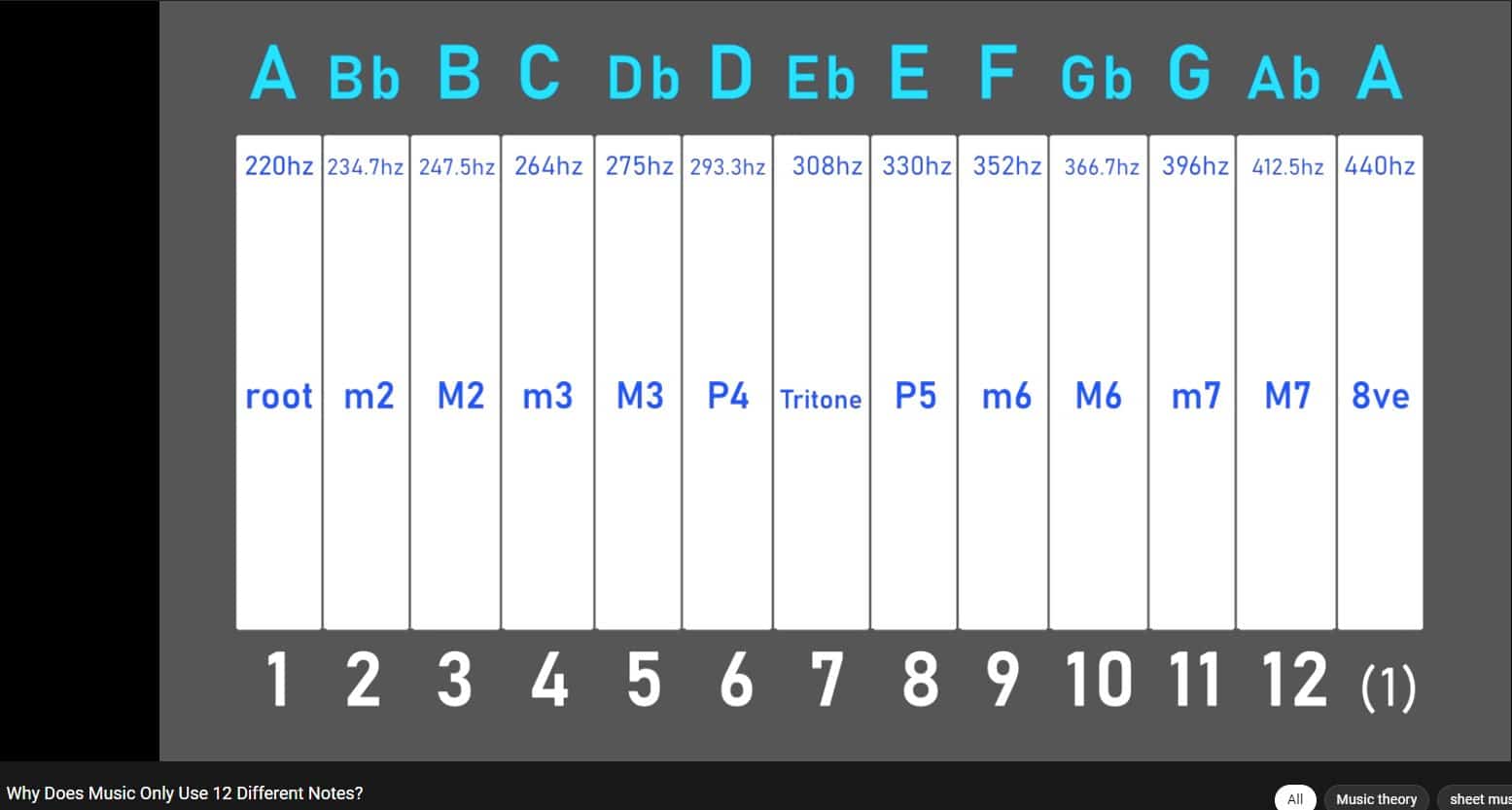Why Does Music Only Use 12 Different Notes


Music theory in Western music is based on the concept of the chromatic scale, which consists of 12 different pitches. This system is known as equal temperament tuning and it divides the octave (the interval between one musical pitch and another with double its frequency) into 12 equal parts. Each of these parts corresponds to a semitone, which is the smallest interval traditionally used in Western music.
The reason why Western music primarily uses 12 different notes is historical and mathematical. It dates back to the development of the major and minor scales and the creation of the well-tempered system, which allowed composers to modulate (change key) freely within a piece of music. Johann Sebastian Bach’s “Well-Tempered Clavier” is a famous example of music composed in this system.
The choice of 12 notes is based on the mathematical principle of equal temperament, which divides the octave into 12 equal parts. This system provides a compromise that allows for flexibility in tonal modulation while maintaining reasonably good consonance across different keys. In other words, it ensures that all keys sound equally “in tune” within the limitations of the tuning system.
While Western music primarily uses 12 different notes in equal temperament tuning, other musical traditions around the world may use different tuning systems and may incorporate microtonal intervals (smaller than a semitone) or use scales with a different number of pitches. Additionally, in contemporary music, composers and performers may experiment with alternative tuning systems and microtonal scales to create new sounds and explore different harmonic possibilities.